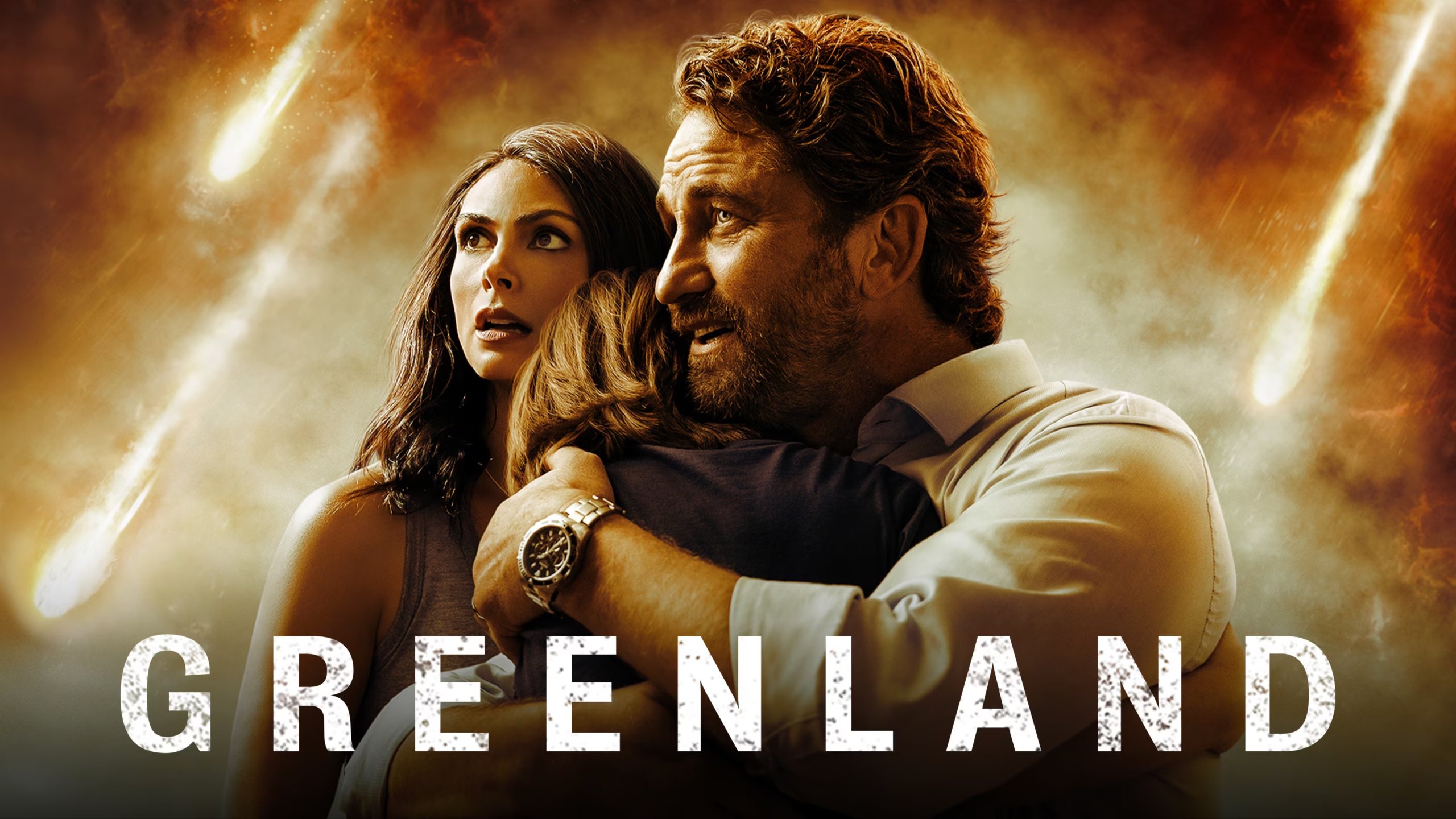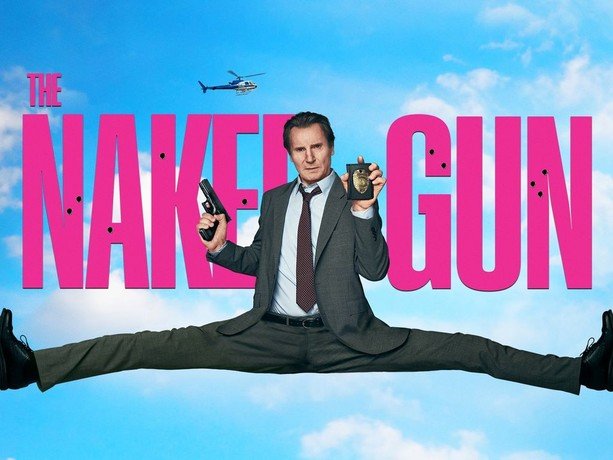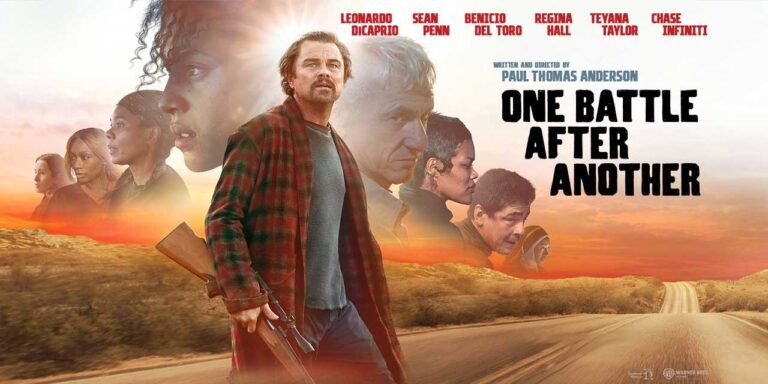
In the world of cinema, few genres capture the imagination quite like the disaster film. There’s something undeniably captivating about the prospect of global catastrophe, whether it’s a comet hurtling towards Earth, a towering tsunami, or a rampaging monster. These high-stakes narratives tap into our deepest fears and anxieties, challenging us to confront the fragility of human existence in the face of overwhelming forces beyond our control.
It’s no wonder, then, that disaster films have long held a special place in the hearts of moviegoers. From the classic Titanic to the more recent Geostorm, these cinematic spectacles have the power to thrill, terrify, and even inspire us. And the latest addition to this esteemed canon is Greenland, a gripping tale of survival that has left audiences on the edge of their seats.
Greenland: A Disaster Film with Heart
Directed by Ric Roman Waugh, Greenland follows the story of the Garrity family as they navigate the impending doom of a comet on a collision course with Earth. Unlike many disaster films that focus solely on the grand scale of the catastrophe, Greenland takes a more intimate approach, delving into the personal struggles and emotional journeys of its characters.
At the heart of the film is Gerard Butler’s character, John Garrity, an engineer who is selected, along with his estranged wife Allison (Morena Baccarin) and their young son Nathan (Roger Dale Floyd), to take refuge in a highly exclusive bunker in Greenland. As the family races against time to reach their designated safe haven, they are forced to confront their own personal demons and the harsh realities of a world on the brink of annihilation.
What sets Greenland apart from its disaster film peers is its focus on the human element. Rather than relying solely on grandiose special effects and explosive set pieces, the film delves deep into the emotional turmoil of its characters, exploring themes of family, sacrifice, and the will to survive in the face of unimaginable odds.
Subverting Disaster Film Tropes
One of the aspects of Greenland that Ben highlights is the way it subverts traditional disaster film tropes. Unlike many films in the genre that rely on one-dimensional villains or over-the-top heroics, Greenland presents a more grounded and realistic portrayal of the challenges faced by its characters.
Absence of Villains: Ben notes that the film doesn’t feature any “horrible people” or clear-cut villains. Instead, the obstacles the Garrity family faces are the result of the chaotic and unpredictable nature of the disaster itself, as well as the limitations of the exclusive bunker system.
Shared Protagonism: Ben praises the film’s decision to give equal weight to both John and Allison Garrity, with the two characters working together to navigate the crisis and protect their son. This balanced approach to the protagonists is a refreshing departure from the traditional “hero saves the day” trope.
Realistic Challenges: Rather than relying on over-the-top action sequences or unrealistic plot devices, Greenland presents a series of challenges that feel grounded in the realities of a global catastrophe. From the logistical difficulties of reaching the bunker to the emotional toll of being separated from loved ones, the film’s obstacles feel authentic and relatable.
The Spectacle of Destruction
While Greenland may eschew some of the more bombastic elements of the disaster film genre, it still delivers on the spectacle of destruction that audiences have come to expect. Ben highlights the film’s impressive visual effects and impactful scenes of devastation, which she describes as “frequent, well-done, and quite tense at times.”
From the awe-inspiring sight of the comet streaking across the night sky to the harrowing depictions of cities being torn apart, Greenland manages to balance the intimate character-driven narrative with the grand scale of the impending apocalypse. The result is a cinematic experience that is both thrilling and emotionally engaging, leaving viewers on the edge of their seats.
The Charm of Annihilation
Ben’s enthusiasm for Greenland is palpable, and she even goes so far as to suggest that the film’s exploration of the “total annihilation” of the planet has a certain charm to it.
This fascination with the prospect of global destruction is not unique to Greenland or Ben’s personal preferences. Disaster films have long tapped into the human psyche’s innate curiosity and fear of the unknown, offering a safe and controlled way to confront our deepest anxieties about the fragility of our existence.
In a world that often feels increasingly uncertain and unstable, the appeal of these cinematic catastrophes lies in their ability to provide a sense of catharsis and perspective. By witnessing the struggles of the characters on screen, we are able to confront our own fears and anxieties, and perhaps even find a glimmer of hope in the face of overwhelming adversity.
A Disaster Film for the Modern Age
In the end, Greenland stands as a testament to the enduring power of the disaster film genre. By blending the grand scale of a global catastrophe with the intimate, character-driven narrative, the film offers a unique and compelling cinematic experience that is sure to captivate audiences.
So, if you’re in the mood for a disaster film that delivers on the apocalypse without sacrificing the emotional depth of its characters, be sure to check out Greenland. It’s a cinematic experience that is sure to leave a lasting impression, and a testament to the enduring power of the disaster genre in the modern age.



